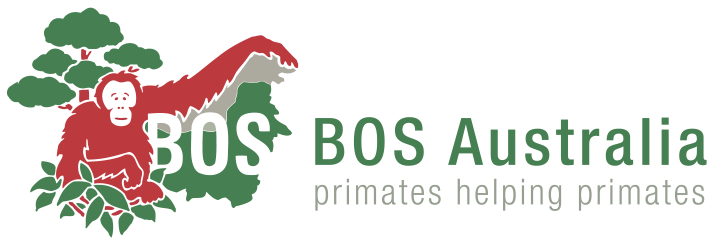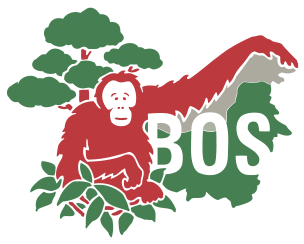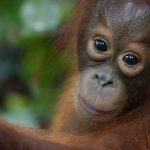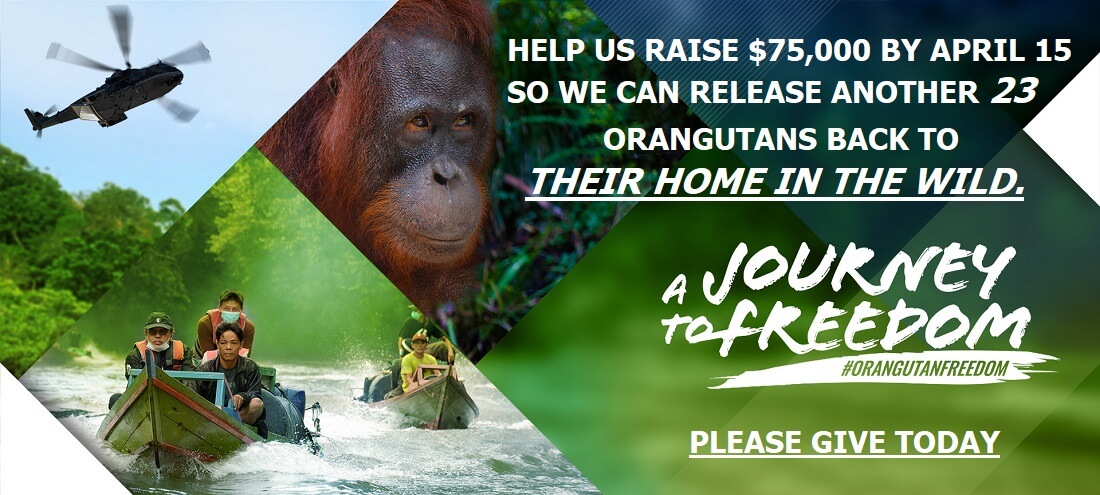Long trek with breathtaking views
According to forest researcher Dr Sven Wunder, forest environmental services and conservation areas are generally divided into four categories: carbon sequestration and storage, biodiversity protection, watershed protection, and landscape beauty.
In terms of its landscape beauty, the Kehje Sewen Ecosystem Restoration Forest in East Kalimantan is way up there. It is one of our release forests, and throughout it, we have established several transects to use as orangutan patrol routes.
Our teams hike along these transects almost every day to conduct orangutan patrols and phenology surveys and carry out security patrols to protect the forest from the threat of fire, encroachment, and poaching.
Usually, our technicians and vets explore the forest on foot. Not all of these transects are accessible by four-wheel-drive vehicles, although we have occasionally used them to reach several points not too far from camp. As mentioned frequently in previous stories, the Kehje Sewen terrain comprises many hills and valleys, which makes it very challenging to explore. However, we also utilize the river as a means of transportation to reach certain forest areas.
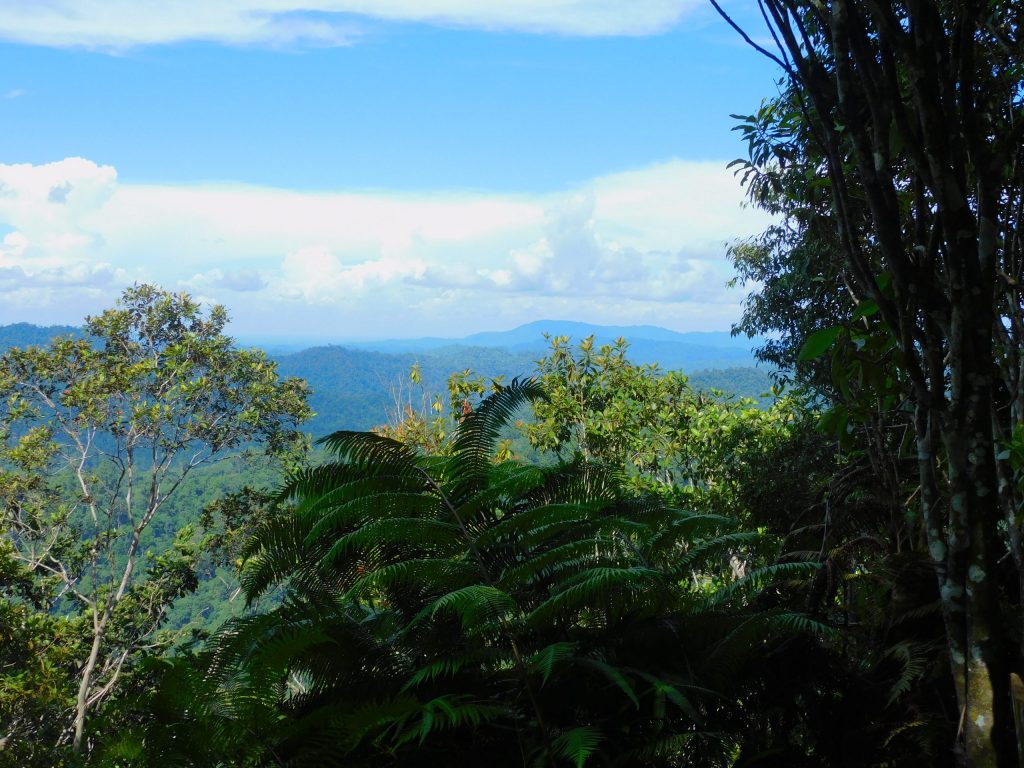
There are several transects which, due to their difficult terrain, are rarely used. One of them is Transect #39, which runs 1.6 kilometres, with a 525-meter elevation difference between its lowest and highest points. Along the transect, our team members must work hard to climb a very steep incline continuously.
The last time our team visited this transect was in February 2019. However, recently, a team made up of Veterinarian Patrick Flagellata and monitoring technicians Yunus and Kris returned to the transect.
Due to infrequent traffic, the transect trail was overgrown with vegetation, forcing our team to stop and slash the wild plants and vines to pass through. Along the transect, they spotted three used orangutan nests and traces of food scraps. These findings indicated that orangutans had recently visited the transect and perhaps frequently saw orangutans passing through.
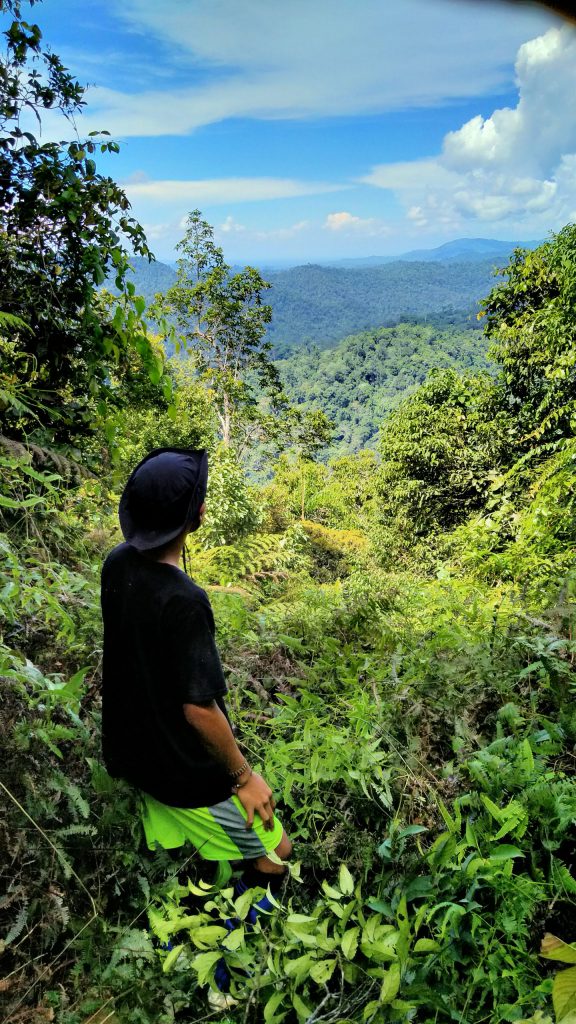
After hours of walking, with three breaks, the trio finally reached the summit of Transect #39, at an altitude of 775 meters above sea level. However, their fatigue subsided once they set eyes on the breathtaking view from the top of the transect.
Not wanting to get too caught up in the scenery, Patrick, Yunus, and Kris hurried back to Camp Nles Mamse, finally reaching it just before dark. They used boats to cover most of the distance to and from Transect #39 (12 kilometres from camp), which helped reduce travel time. Had they walked from camp, they would not have returned until long after dark.
For those with an adventurous spirit, we hope our stories from the forest might inspire you or spark an interest in our work! So, watch out for more of our upcoming stories!
